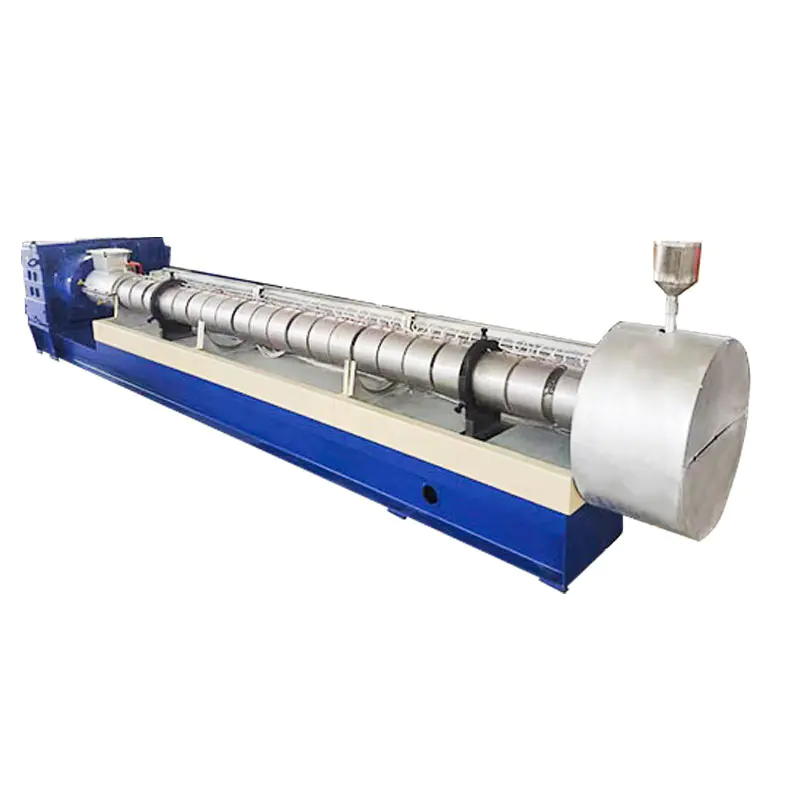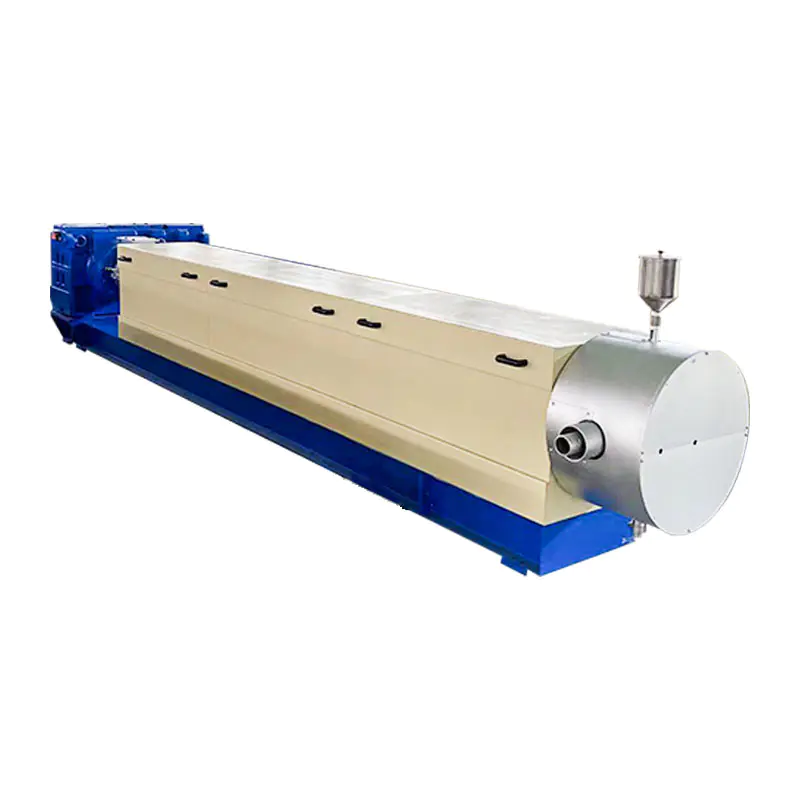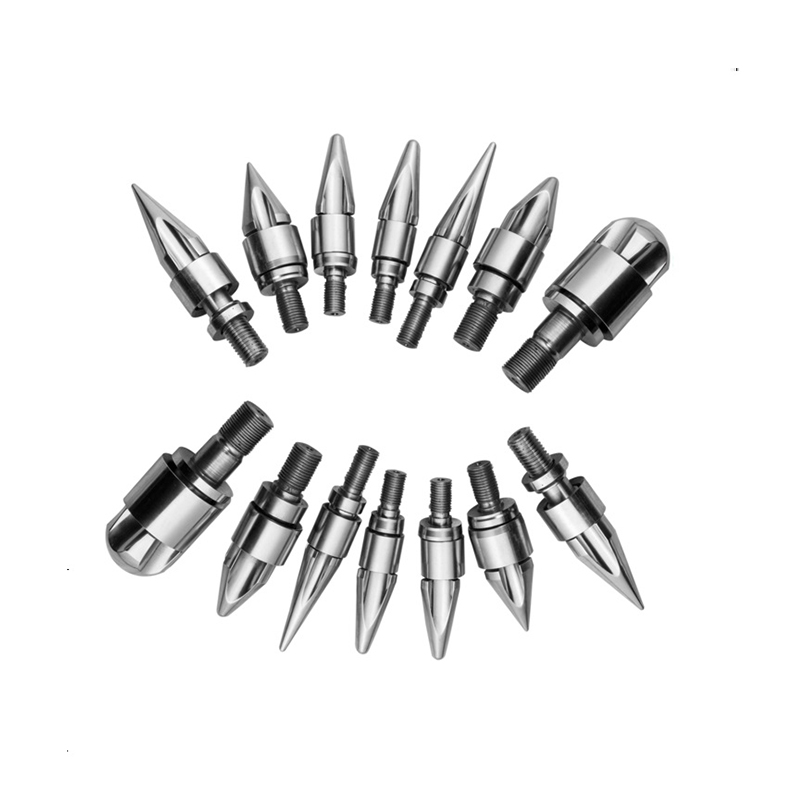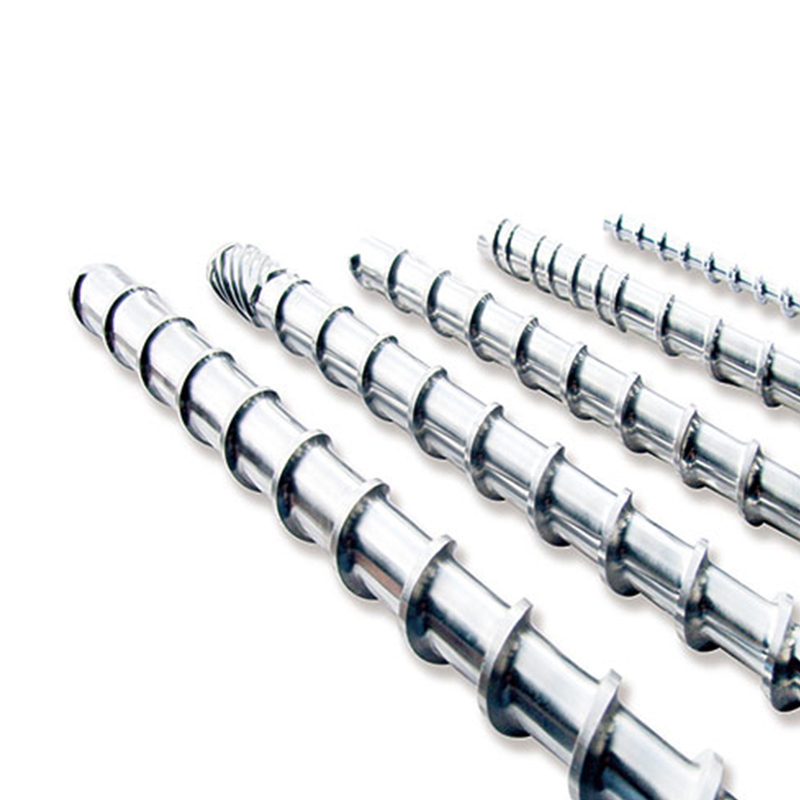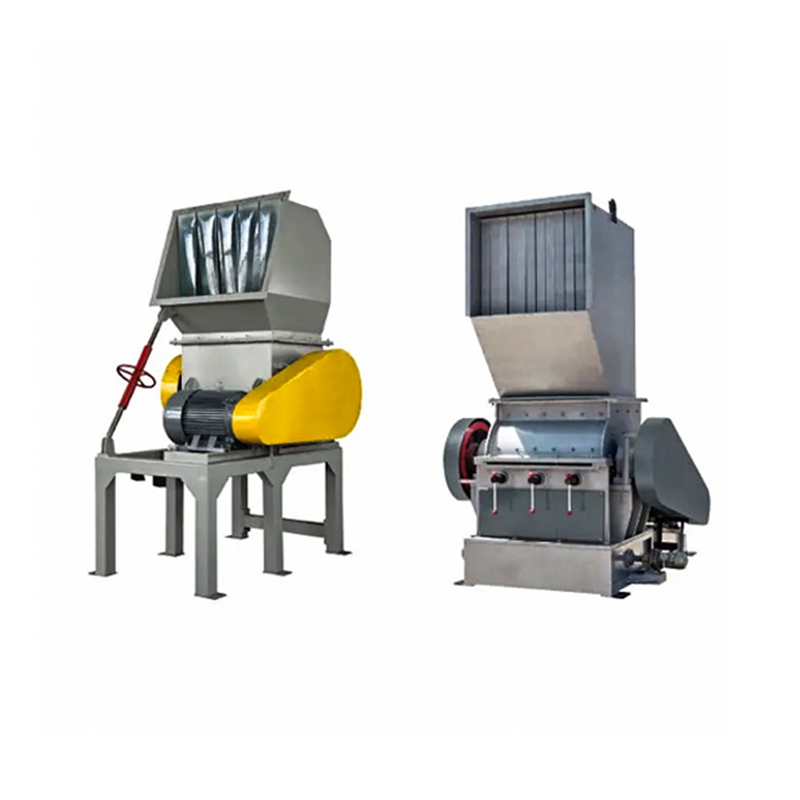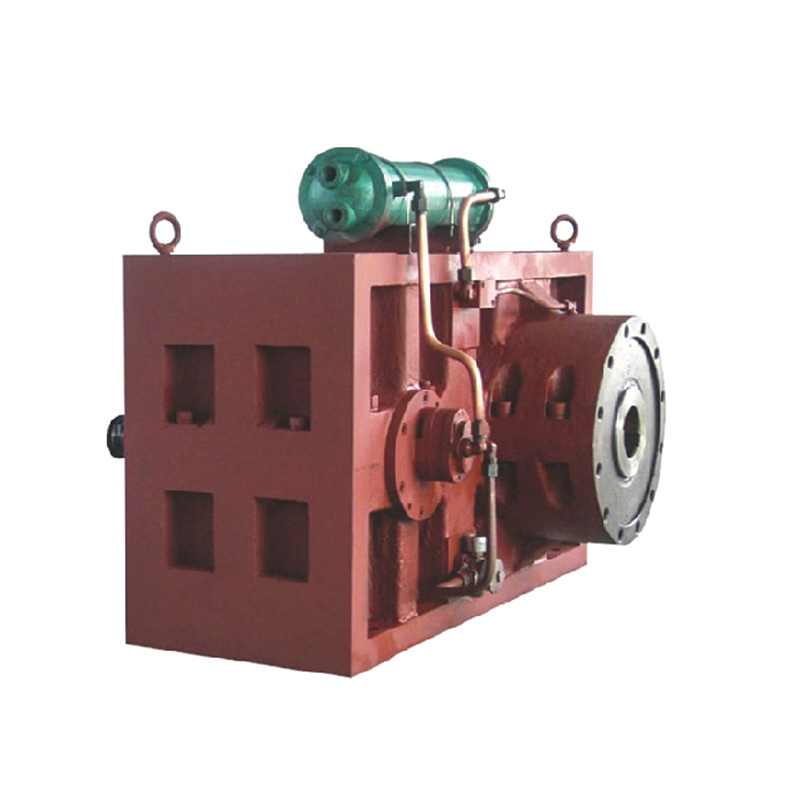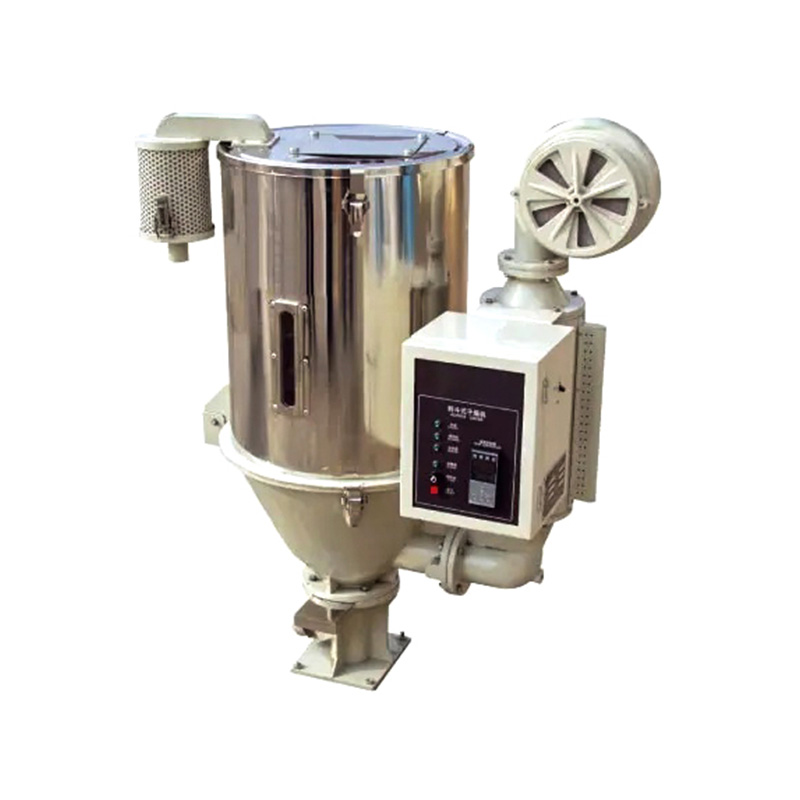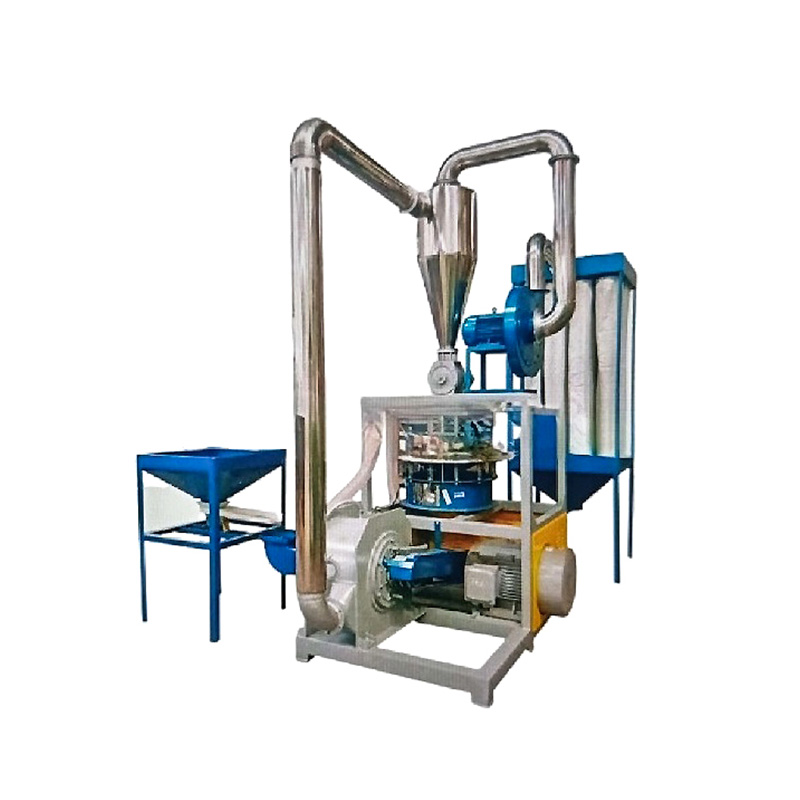In the demanding world of plastics extrusion, the conical screw and barrel assembly is the critical engine driving production. Like any high-performance component, it wears over time. Replacing it too soon wastes capital; replacing it too late costs far more in lost efficiency, product quality, and potential downtime. Determining the optimal replacement point requires vigilance and understanding key indicators.
Key Signs Your Conical Screw Barrel Needs Replacement:
-
Declining Output & Rising Energy Costs:
-
Symptom: A noticeable, consistent drop in throughput (kg/h) while maintaining the same screw speed and recipe.
-
Cause: Excessive wear increases clearance between the screw flight and barrel wall, reducing pumping efficiency and melt pressure generation. This forces higher screw speeds or temperatures to achieve previous outputs, significantly increasing energy consumption (often 15-20% or more).
-
Action: Track output and specific energy consumption (kWh/kg) meticulously. A sustained negative trend is a major red flag.
-
-
Deteriorating Product Quality:
-
Symptom: Increased occurrence of defects like:
-
Inconsistent melt temperature leading to gels, streaks, or color variations.
-
Poor mixing resulting in unmelted particles or inhomogeneous dispersion.
-
Surging (pulsating output) causing dimensional instability in profiles or films.
-
Reduced mechanical properties in the final product.
-
-
Cause: Worn flights compromise melting, mixing, and homogenization. Increased clearance allows material to slip back, degrading the melt's thermal and shear history.
-
Action: Correlate quality reject rates and specific defect types with machine performance data. Investigate worn screw/barrel as a root cause when other factors are ruled out.
-
-
Increased Pressure Fluctuations & Instability:
-
Symptom: Erratic melt pressure readings at the screw tip or die, difficulty maintaining stable pressure setpoints.
-
Cause: Excessive clearance allows material to leak backwards over the flights unpredictably, disrupting the stable pumping action essential for consistent pressure.
-
Action: Monitor pressure stability closely. Increased instability often signals significant wear progression.
-
-
Visible Wear & Physical Damage:
-
Symptom: During scheduled maintenance or cleaning, inspect for:
-
Increased Radial Clearance: Measure the gap between the screw flight and barrel wall at multiple points along the conical section. Compare to the original specification (typically 0.2-0.6% of the barrel diameter at that point). Wear exceeding 2-4 times the original clearance is often a critical threshold.
-
Flight Damage: Chipped, rounded, or significantly worn-down flight edges, especially in the feed and compression zones.
-
Barrel Scoring: Deep scratches or grooves in the barrel liner, particularly parallel to the screw axis. Minor polishing is normal; deep scoring indicates severe wear or contamination damage.
-
Surface Pitting/Corrosion: Chemical attack from processing corrosive materials (e.g., PVC, flame retardants) can etch surfaces.
-
-
Action: Implement regular, documented visual and dimensional inspections. Micrometer measurements are essential for objective assessment.
-
-
Unusual Noises or Vibration:
-
Symptom: Excessive knocking, grinding, or rumbling sounds originating from the barrel section, or increased machine vibration during operation.
-
Cause: Severe wear can lead to metal-to-metal contact between screw and barrel, or uneven wear causing imbalance.
-
Action: Investigate unusual noises or vibrations immediately. This often indicates advanced wear requiring prompt action to prevent catastrophic failure.
-
Making the Replacement Decision: The Cost-Benefit Analysis
Replacement isn't triggered by a single minor issue, but by the cumulative impact on your bottom line:
-
Calculate the True Cost of Running Worn:
-
Lost production revenue due to lower output.
-
Increased scrap rates from poor quality.
-
Soaring energy bills.
-
Cost of unscheduled downtime for repairs or cleaning.
-
Potential damage to downstream equipment (dies, screens).
-
Labor costs for constant troubleshooting and adjustments.
-
-
Compare to Replacement Cost:
-
Factor in the cost of the new screw barrel assembly and installation labor.
-
When the annualized cost of not replacing (lost revenue + extra costs) approaches or exceeds the replacement cost, it's unequivocally time to invest in a new assembly. Waiting longer is false economy.
Proactive Maintenance Extends Life:
-
Regular Cleaning: Prevent degradation from carbonized material buildup.
-
Proper Start-up/Shutdown Procedures: Avoid thermal shock and material degradation.
-
Correct Material Handling: Prevent contamination (metal, dirt) which accelerates wear.
-
Appropriate Processing Temperatures: Avoid running excessively hot, which degrades material and lubricity.
-
Use of Compatible Materials: Avoid processing highly abrasive or corrosive materials unless the screw/barrel is specifically designed for it.



 عربى
عربى


